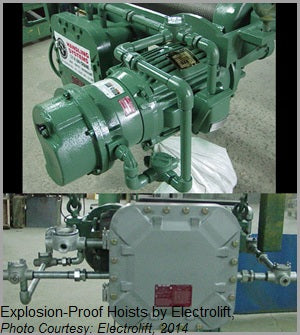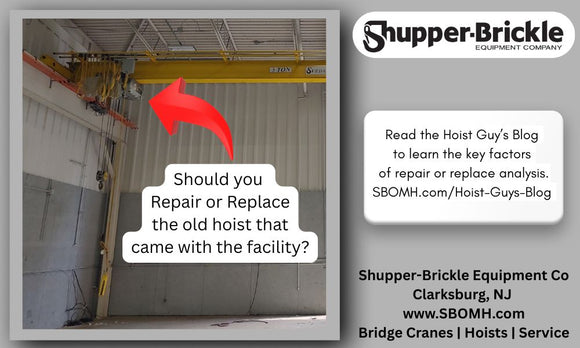
Hazardous Location Specs Can Never Be Optional
Andrew T. Litecky
Welcome to The Hoist Guy's Blog, where our resident Hoist Guy, Andrew T. Litecky, shares his knowledge and experience of many years in the overhead material handling industry. He’s here today to discuss the differences between NEC Hazardous Locations Division I and Division II to help you select the proper hazardous location or explosion proof hoist for your application.
NEC Hazardous Location Hoists & Cranes
We recently received an RFQ for a hazardous location hoist and crane to meet national Electric Code, Article 500 standards. The customer specified Division II compliance, but later asked if we could also provide an "optional" Division 1 quote. However, the NEC is specific, and these divisions are never options.
Division I vs Division II Hazardous Locations
The National Electric Code (NEC) defines hazardous locations, Division I and Division II, in their Article 500. In Division I hazardous locations, the explosive substance is present in the air at all times during normal working conditions. In Division II hazardous locations, the explosive substance is present, either in small quantities or upon accidental release.
When determining the equipment to be used, the area must be confirmed as either Division I or Division II hazardous location. Placing Division II equipment in a Division I area is dangerous to all involved and a catastrophic event could take place. Placing Division I equipment in a Division II area would not be dangerous but would incur needless costs.
Hazardous Location & Explosion Proof Hoists
We can help you to determine the right equipment for your environment. Shupper-Brickle Equipment specializes in overhead cranes and hoists for a variety of specialty applications. Contact us for questions about your hazardous location and the right equipment to meet your specs.


